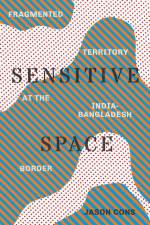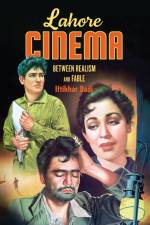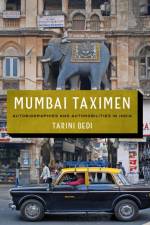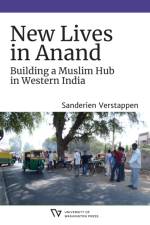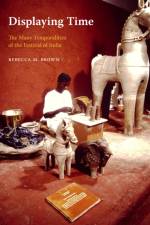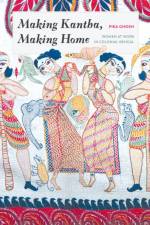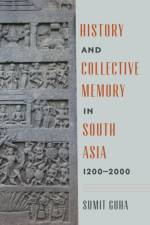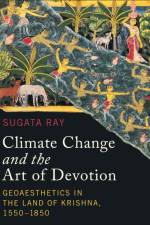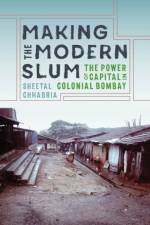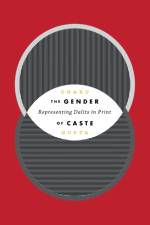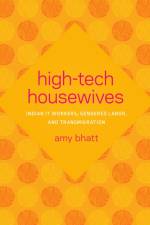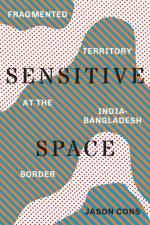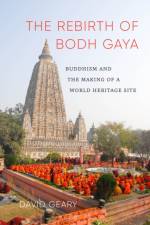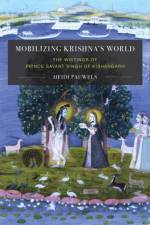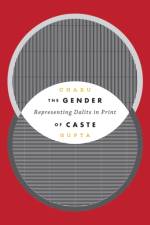- Debating India's Religion of the Heart
391
John Stratton Hawley is Claire Tow Professor of Religion at Barnard College, Columbia University. He is the author of A Storm of Songs: India and the Idea of the Bhakti Movement. Christian Lee Novetzke is professor of South Asian studies and comparative religion at the Jackson School of International Studies, University of Washington. He is the author of The Quotidian Revolution: Vernacularization, Religion, and the Premodern Public Sphere in India. Swapna Sharma is senior lecturer in Hindi at Yale University. The contributors are Gil Ben-Herut, Divya Cherian, John E. Cort, Richard H. Davis, Shrivatsa Goswami, Phyllis Granoff, Eben Graves, David L. Haberman, Manpreet Kaur, Aditi Natasha Kini, Joel Lee, Kiyokazu Okita, Heidi Pauwels, Karen Pechilis, William R. Pinch, and Tyler Williams.

